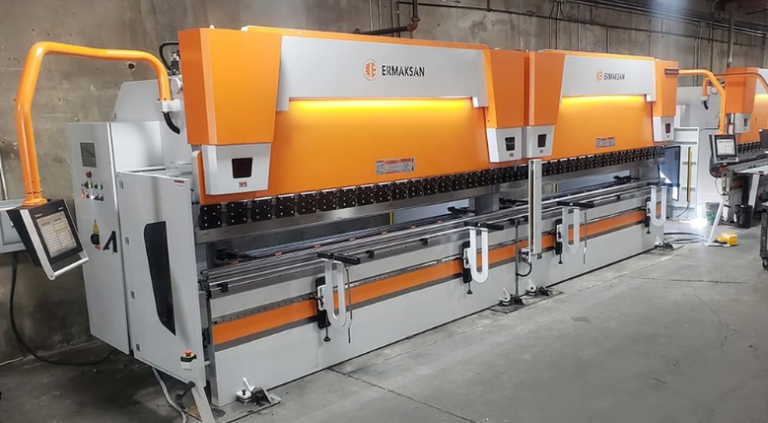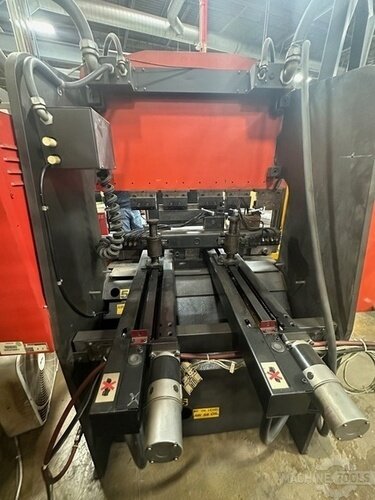I’ve always believed that each manufacturing challenge comes with an opportunity to create a more efficient, profitable, and satisfying process. Precision beam coping is one of those areas where I see firsthand how careful planning combined with trusted technology can transform a customer’s weld prep workflow. From the first time I explored how a beam line robotic coping system can reduce manual labor, I knew it would become one of my key solutions to help clients stay competitive and confident in their output.
My Collaborative Approach to Precision Beam Coping
Working closely with customers has taught me that aligning my recommendations with their long-term goals is just as important as the equipment itself. When I walk onto a shop floor or discuss a project over the phone, I’m listening for process bottlenecks and seeking to pinpoint pain points specific to weld prep. By focusing on the human side of the operation, I ensure every conversation leads to tangible benefits rather than just a new machine.
One of my favorite parts of these consultations is the “a-ha” moment when clients see the potential of a refined beam coping approach. Instead of forced optimism or salesy pitches, I bring in real-world examples of how robotic coping systems have tackled similar challenges. Through honest dialogue, we refine the scope of the project and make sure the solution aligns with existing shop protocols.
Collaboration doesn’t end once the machine arrives. I keep the lines of communication open, troubleshooting any issues and offering fine-tuning guidance as operators master the new system. This consistent follow-up ensures my customers truly own their coping process and witness real improvements in weld prep speed, accuracy, and safety.
Building Customer Trust Through Consultative Welding
I often highlight how beam coping isn’t just about the cut—it’s also about how that cut interfaces with welding requirements. Many operations struggle with post-cut cleanup, bevel adjustments, or inconsistencies that force extra manual work. With my consultative style, I help customers pinpoint these inefficiencies long before they become bottlenecks.
Once we’ve mapped out trouble spots, we focus on possible fixes. That might involve everything from detailing shifting in a part layout to streamlining a fixture design. By walking through both the immediate weld prep and the future potential of the project, we build a foundation for trust. Clients see me not just as a supplier of high-tech machines, but as a partner invested in improving their operations at every step.
Success stories reinforce that trust. When clients realize that a few changes in beam coping can save hours of welding time per day, the commitment to continuous improvement becomes clear. I celebrate those milestones alongside them, putting relationships at the forefront of shared progress.
Tailoring Beam Coping Solutions to Your Project Needs
No two shops are alike—which is why I customize solutions based on everything from throughput goals to floor space constraints. A robotic beam coping line might look amazing on paper, but if your operators aren’t prepared or your volume doesn’t support it, it could cause frustration. I take the time to evaluate all angles, from load/unload logistics to operator training, so that each recommendation fits seamlessly into your existing workflow.
Part of that customization comes from my experience with lasers, press brakes, and tube bending. By integrating technologies like flat and tube lasers where appropriate, or modifying press brake schemes to accommodate new beam shapes, I help build a cohesive approach to metal fabrication. This holistic view means I’m continuously assessing how each piece of equipment affects the others, ensuring you optimize your resources for the best possible results.
I love seeing how a tailored approach can reshape an entire facility’s productivity. By narrowing in on your unique weld prep requirements, we remove guesswork, improve accuracy, and make every hour on the shop floor more profitable. That’s the value I aim to bring—personalized knowledge that goes beyond just selling a machine.
AFD Plate Drilling Machines
Achieving Customer-First Weld Prep Efficiency Together
My goal isn’t to check a box and move on; it’s to ensure long-term production gains through enhanced weld prep. Installing a new beam coping system often leads to revelations on how upstream design choices can reduce rework or how finished parts can integrate more smoothly downstream. By collaborating from concept to completion, I help bring these insights to light, guiding teams to revisit and refine their entire process.
During each project, I emphasize the power of data and feedback. Modern robotic and laser systems can provide immediate performance metrics, helping identify issues before they become roadblocks. With every consultation, I encourage customers to gather, analyze, and act on this data to maintain a cycle of continual improvement. It’s a simple but effective strategy that can quickly translate into hard savings and better quality control.
When weld prep efficiency becomes a shared mission, the results truly speak for themselves. Operators gain confidence in their workflows, lead times shrink, and the final product meets or exceeds spec every time. Ultimately, I see my job as creating a partnership where your successes become a testament to the combine expertise and dedication we both invest.
FAQ
What types of projects typically benefit most from a robotic beam coping system?
Any welding-intensive project that involves repetitive or precision cuts can see huge improvements in accuracy and time savings with a robotic beam coping system.
How long does training take for new operators using advanced coping machines?
Training schedules vary, but customers often see proficient operation within a few weeks, especially when backed by on-site setup and ongoing support.
Can robotic coping be integrated into an existing production line without major changes?
Yes. I work closely with clients to map out how a coping system fits into their current layout, recommending only the tweaks and additions necessary to ensure a smooth transition.
Are there options for shops with limited floor space?
Absolutely. There are compact beam coping solutions tailored to businesses handling fewer or smaller parts, ensuring you maximize efficiency without overcrowding your workspace.
What maintenance is typically required to keep a beam coping system in top shape?
Regular checks on cutting heads, software updates, and routine cleaning are crucial. I provide detailed maintenance schedules that help extend the life of your equipment.
Is it possible to combine laser technology with beam coping processes?
Yes. Many of my clients discover that integrating flat or tube laser cutting with robotic coping leads to a cohesive system, offering speed and consistency in all fabrication stages.
Get Weekly Mac-Tech News & Updates






